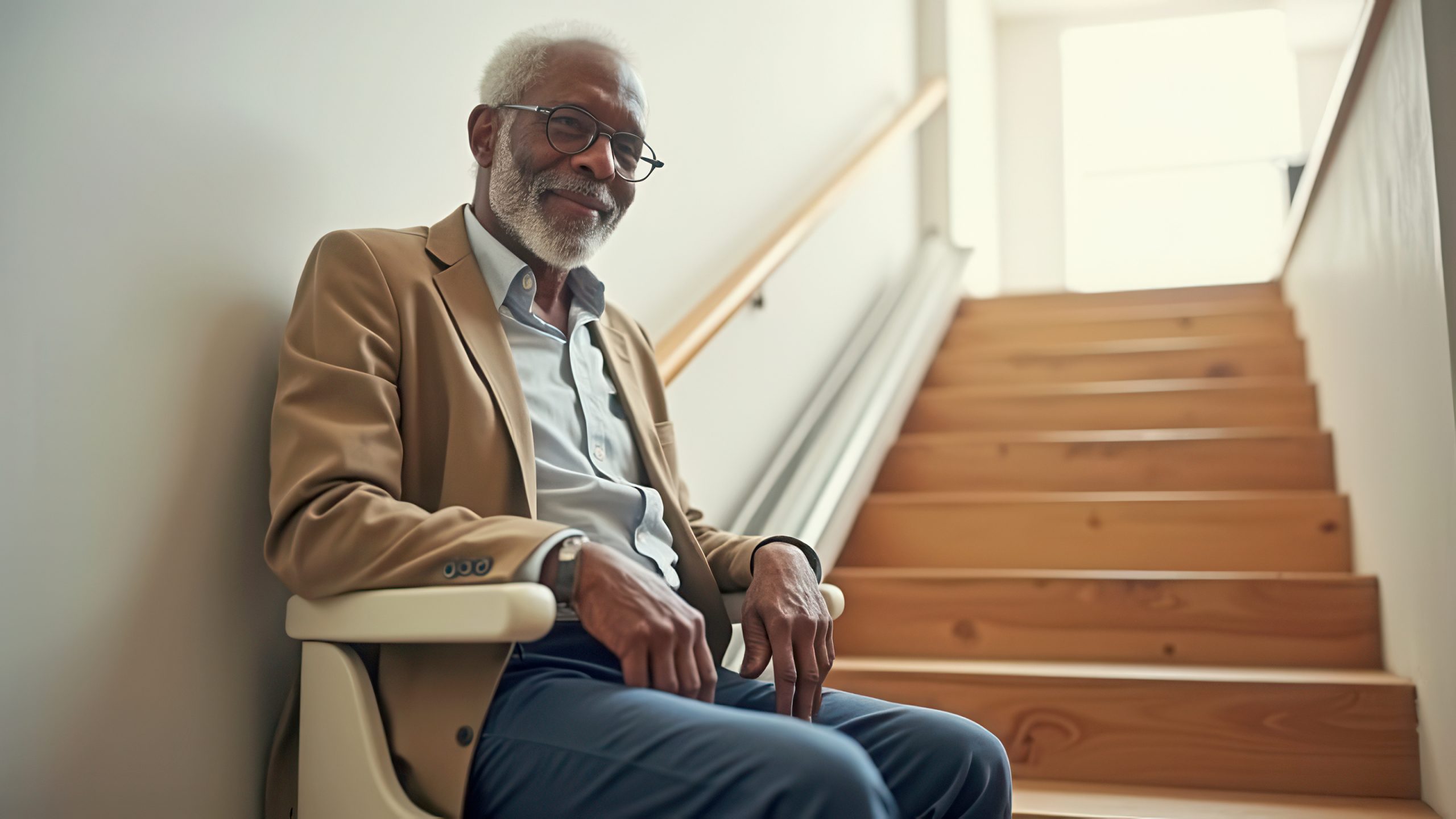Top Home Modifications for Senior Safety

Top Home Modifications for Senior Safety
As seniors age, staying in the comfort of their own homes becomes a top priority. However, many homes aren’t originally designed with senior safety in mind. Slippery floors, poor lighting, and inaccessible layouts can increase the risk of falls or injuries. With some smart home modifications, seniors can maintain independence while reducing safety risks. Here are some of the most effective updates families can consider.
Improving Bathroom Safety
Bathrooms are one of the most common areas where accidents occur, largely because of slippery surfaces. Installing grab bars near the toilet and inside the shower or tub can provide crucial support. Non-slip mats both inside and outside the shower can prevent falls, while a walk-in shower or walk-in tub offers easier access than traditional tubs.
Another simple but effective upgrade is a raised toilet seat, which reduces the strain of sitting and standing. For seniors with limited mobility, a shower chair combined with a handheld showerhead can make bathing both safer and more comfortable.
The National Institute on Aging offers practical bathroom safety tips that align with these recommendations.
Enhancing Lighting Throughout the Home
Good lighting is critical for preventing accidents. As vision naturally declines with age, it becomes harder to spot obstacles or uneven flooring. Installing bright, non-glare lighting in hallways, staircases, and entryways is one of the most cost-effective safety upgrades.
Motion-sensor night lights can help seniors safely navigate during the evening, particularly in bedrooms, bathrooms, and hallways. For extra convenience, consider smart lighting systems that can be voice-activated or controlled remotely.
Making Flooring Safer
Loose rugs, slippery tiles, or uneven surfaces can lead to falls. Families should consider removing throw rugs altogether or securing them with non-slip backing. Low-pile carpeting provides a softer surface that also reduces the chance of slipping.
If replacing flooring, materials like cork or rubber are excellent because they offer traction and cushioning. Avoid highly polished stone or tile, which can become dangerous when wet.
Installing Stair and Entryway Aids
For homes with multiple floors, stairs can pose a major hazard. Installing sturdy handrails on both sides of staircases provides added stability. Anti-slip stair treads are an affordable modification that reduces slipping risks.
When climbing stairs becomes too difficult, a stair lift may be a long-term solution. For entryways, adding a ramp instead of stairs helps seniors who use walkers or wheelchairs enter and exit more easily. Even small steps leading into a home can be a barrier — a ramp can make all the difference.
Updating the Kitchen for Accessibility
The kitchen is another high-traffic area that should be optimized for safety. Rearranging frequently used items to be within easy reach helps minimize stretching, bending, or climbing on stools. Installing pull-down shelving or slide-out drawers makes storage more accessible.
For cooking, consider appliances with automatic shutoff features, which reduce fire risk if something is accidentally left on. Non-slip flooring and proper lighting are just as essential in this area as they are in bathrooms and hallways.
Improving Bedroom Safety
Because seniors often get up during the night, the bedroom should be arranged to prevent tripping hazards. Place a lamp within arm’s reach of the bed, and install a motion-sensor night light. For those at risk of rolling out of bed, bed rails or low-profile beds can offer extra protection.
Ensure pathways from the bed to the bathroom or hallway are clear of clutter and furniture.
Incorporating Technology for Added Safety
Modern technology provides added layers of protection. Personal emergency response systems (PERS), such as wearable alert buttons, can connect seniors to help immediately in the event of a fall. Smart home devices — like video doorbells and voice-activated assistants — also provide security and convenience.
The Mayo Clinic offers insights on fall prevention and safety strategies that highlight the benefits of these tools.
When to Consider Professional Help
While many modifications can be completed with simple DIY solutions, some homes require larger updates such as stair lifts, bathroom remodels, or widened doorways. A professional occupational therapist can assess the home and recommend specific safety changes tailored to the senior’s needs.
Final Thoughts
Home modifications for senior safety are an investment in both independence and peace of mind. From small fixes like night lights and grab bars to bigger changes like stair lifts and walk-in showers, these improvements allow seniors to age in place with greater confidence. Families who prioritize safety now can help prevent accidents later — ensuring their loved ones can remain at home for as long as possible.
Need help balancing caregiving responsibilities?
At Geriatric Resource Centre, we can guide you in creating the safest home environment for your loved one.
